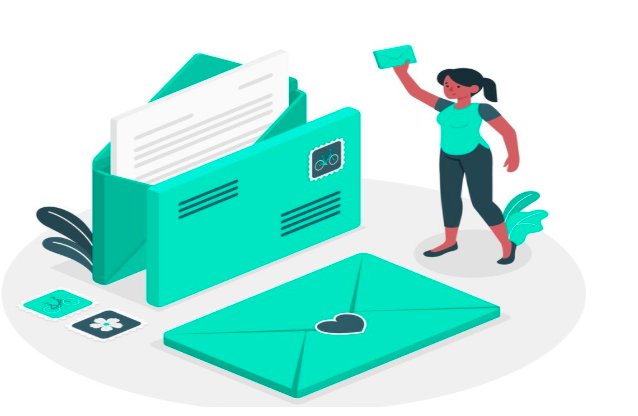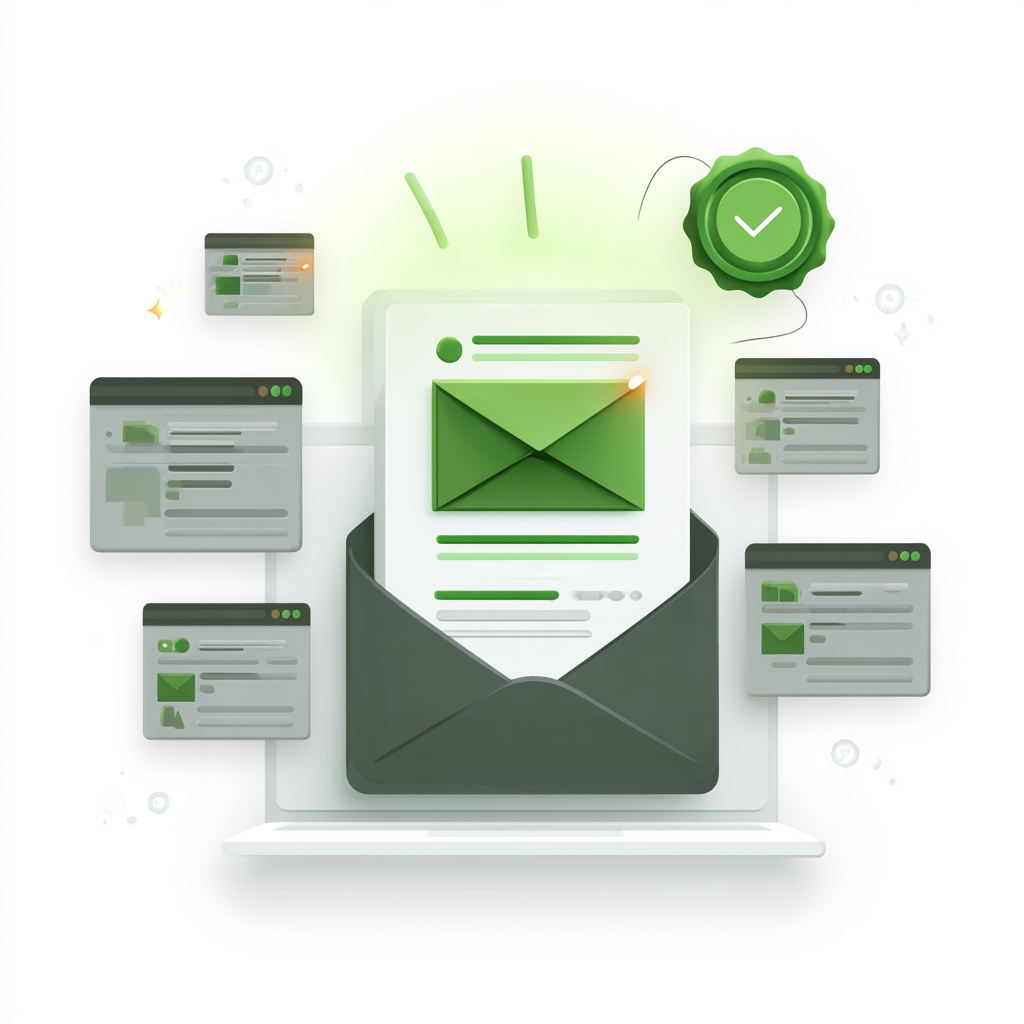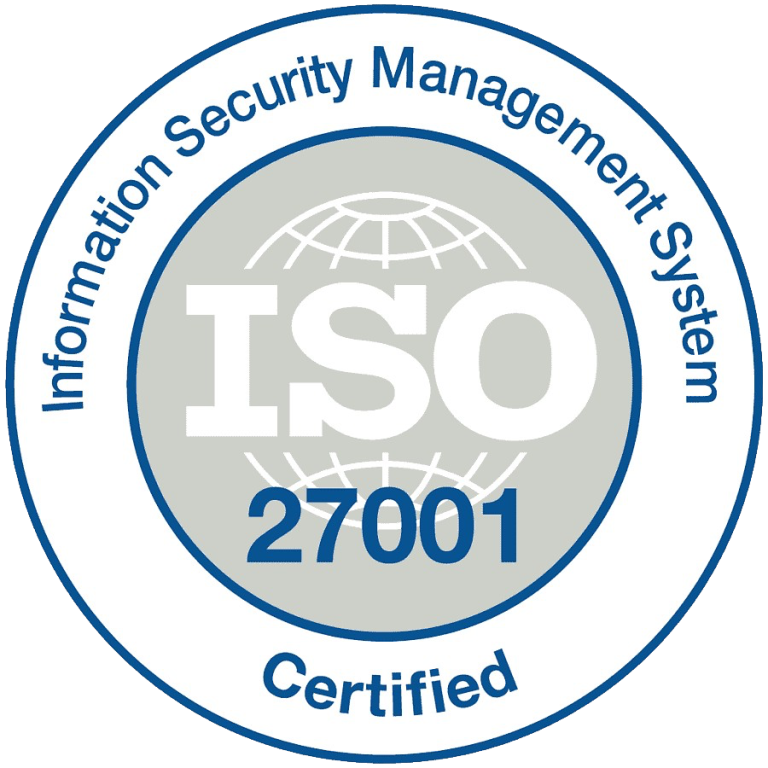The quality of your email list is one of the most important success factors in email marketing. Many businesses focus on growing their email subscriber base, but few realize how maintaining email list hygiene can impact their campaigns. A clean email list can drastically improve open rates, reduce bounce rates, and ensure compliance with email marketing laws.
This article will explore why email list hygiene is essential, how to maintain it, and how it can benefit your email marketing strategy.
What is email list hygiene?
Email list hygiene is regularly cleaning and managing your email subscriber list to remove invalid, inactive, or unengaged email addresses. This helps ensure that your emails are sent to the most relevant recipients, who are more likely to engage with your content. Email list hygiene refers to cleaning, maintaining, and improving the quality of your email list to ensure that you are reaching the right audience with relevant content.
By regularly removing duplicates, hard bounces, and inactive subscribers, businesses can avoid sending emails to irrelevant contacts, improving the efficiency of email marketing campaigns.
Why is email list hygiene important?
Maintaining a clean email list is crucial for several reasons:
1. Improved deliverability
One of the most prominent challenges marketers face is email deliverability. When emails are flagged as spam or fail to reach subscribers, it can affect the sender’s reputation. A clean email list reduces the chances of emails bouncing or being marked as spam, which increases the chances of emails landing in the inbox.
When you send emails to invalid or outdated email addresses, this triggers high bounce rates. Most email service providers (ESPs) track these bounce rates, and a high bounce rate can harm your domain’s reputation. This, in turn, can lead to your future emails being filtered as spam or not being delivered at all. Therefore, regularly cleaning your list ensures that your sender’s reputation remains intact and your emails get delivered successfully.
2. Better engagement
Sending emails to subscribers who are not interested in your content or have become inactive can result in low open and click-through rates. With email list hygiene, you target engaged users, leading to better engagement, higher open rates, and more conversions.
Engagement is one of the most important factors when evaluating the success of an email campaign. If your emails are constantly ignored or deleted without being opened, it sends a negative signal to email providers, which can harm your ability to reach other users. Regularly cleaning your list ensures you only send emails to people who genuinely want to hear from you, increasing the likelihood of engagement.
3. Cost efficiency
Many email marketing platforms charge based on the size of your email list. Sending emails to non-engaged or invalid contacts only wastes resources. By cleaning your list, you can focus your budget on the contacts that matter, making your email marketing efforts more cost-effective.
For instance, some ESPs charge per subscriber, so you’ll pay for contacts who do not engage with your emails. Removing inactive subscribers and bad email addresses can reduce costs and increase ROI.
4. Compliance with regulations
Email marketing is regulated by GDPR (General Data Protection Regulation) and the CAN-SPAM Act. Keeping your list clean ensures you comply with these laws, particularly regarding data protection, consent, and unsubscribing. A well-maintained email list helps you stay within legal boundaries and avoids fines or penalties.
Failing to follow regulations can result in significant legal and financial repercussions. By adhering to list hygiene best practices, you help protect your business from these potential pitfalls and ensure you treat your subscribers’ data with the respect it deserves.
How to maintain healthy email list hygiene
Now that we know why email list hygiene is essential, here are some key steps to maintain a clean and healthy list:
1. Remove invalid email addresses
Use an email verification tool to remove hard bounces (invalid email addresses). These addresses result in failed delivery attempts, which negatively affect deliverability. Cleaning these addresses helps maintain your sender’s reputation.
Email verification tools can also help identify misspelled or disposable email addresses that users sometimes use to sign up and then abandon. A verification tool can check for missing “@” symbols, extra characters, or domain errors.
2. Identify and remove inactive subscribers
Analyze your email engagement metrics regularly. Subscribers who have not opened or clicked your emails in the past 6 to 12 months should be considered inactive. Try re-engagement campaigns before removing them, but ultimately, cleaning out inactive subscribers helps increase the quality of your list.
Inactive subscribers are more likely to mark your emails as spam or simply ignore them. While engaging inactive users with re-engagement campaigns is important, periodically cleaning them from your list ensures that you are not wasting resources sending emails to those who are no longer interested in your content.
3. Monitor engagement
Track metrics such as open rates, click-through rates, and conversion rates. If you notice that a large portion of your list is not engaging with your emails, it may be time to segment your list and target more relevant content to different audience segments.
For example, suppose a subscriber has not clicked on an email in months but has previously shown interest in a particular product or service. In that case, you can re-engage them with a tailored email to reignite their interest.
4. Use double opt-in
Implement a double opt-in process where subscribers must confirm their email address before receiving marketing emails. This ensures that the email addresses on your list are valid and that the person signing up is genuinely interested in hearing from you.
Double opt-in not only ensures the accuracy of the email addresses but also helps reduce fake sign-ups or subscribers who might have used temporary or incorrect email addresses.
5. Offer an easy unsubscribe option
Make it simple for recipients to unsubscribe from your emails. Forcing users to remain on your list can lead to higher complaint rates, which can negatively impact your reputation. An easy opt-out option ensures that only engaged users remain on your list.
Including an unsubscribe option also helps maintain compliance with laws like CAN-SPAM and GDPR, which mandate that users can quickly opt out of receiving further communications.
6. Segment your list
Segmentation allows you to send targeted emails to specific groups based on their interests or behaviors. This helps keep your emails relevant and reduces the chances of sending irrelevant content to people who may have lost interest.
By segmenting your list, you can create personalized emails more likely to resonate with your audience, improving engagement and conversions.
Benefits of proper email list hygiene
Maintaining a clean email list comes with several benefits for your email marketing strategy:
1. Higher open and click rates
By sending emails to subscribers who are genuinely interested in your content, you increase the likelihood of higher open and click-through rates, which in turn boosts conversions.
Clean email lists ensure that you are reaching a qualified audience, making your emails more likely to resonate with them. This leads to improved engagement and better overall campaign performance.
2. Improved return on investment (ROI)
A clean list ensures you only target engaged subscribers, making your marketing efforts more cost-efficient. This improves your overall ROI by focusing resources on the audience that is more likely to convert.
Rather than spending money on sending emails to contacts who will not engage, a clean list helps you focus on the individuals who are most likely to take action, improving the overall success of your campaigns.
3. Stronger brand reputation
If your emails consistently land in spam folders or are marked as spam by users, it can harm your sender’s reputation. A healthy email list minimizes these risks, helping your brand maintain a strong reputation and better subscriber relationships.
Maintaining a good reputation with email service providers ensures that your emails are consistently delivered to inboxes rather than being flagged as spam, which increases your brand’s trustworthiness and credibility.
4. Better data analytics
Cleaning your email list ensures that your data is more accurate and meaningful. When you analyze your metrics, you can trust the data, leading to more informed decisions and better optimization of your email campaigns.
Clean data means better insights into what is working and what is not, allowing you to make adjustments that improve the overall performance of your email marketing strategy.
The key to email marketing success
Email list hygiene is an ongoing process crucial to the success of email marketing campaigns. Regularly cleaning your list, removing invalid and inactive email addresses, and segmenting your audience ensure that your emails reach the right people and that your marketing efforts are more effective.
With better deliverability, increased engagement, cost savings, and improved compliance with regulations, maintaining a clean email list is a key strategy for businesses aiming to boost their email marketing performance. Start cleaning your list today, and watch your email marketing campaigns thrive! Regularly monitor and update your list to achieve long-term success and build strong customer relationships.





